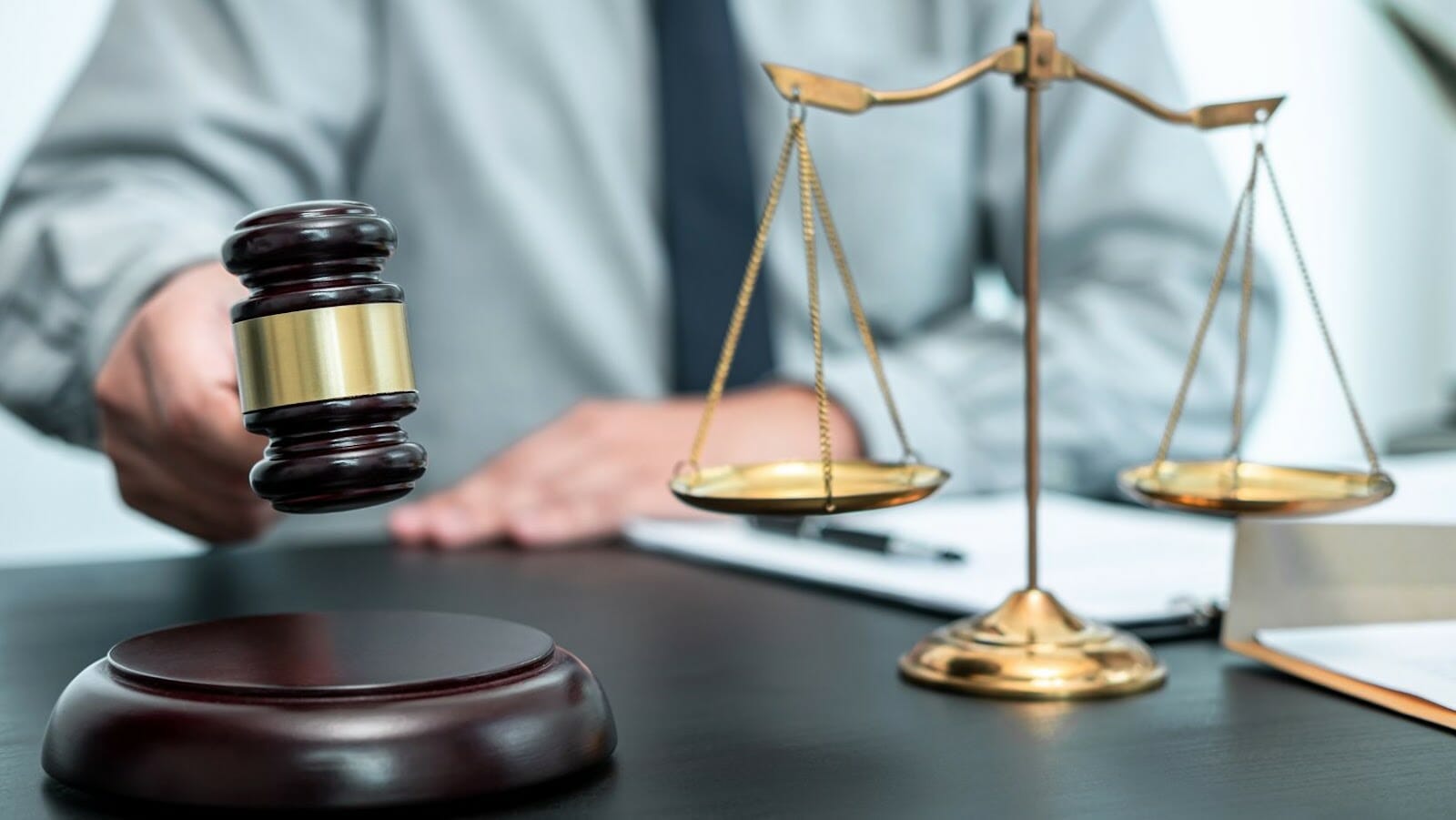Are you finding yourself struggling to comprehend legal proceedings? This article will help you understand the significance of court codes and how they affect legal outcomes. With a better understanding of the codes, you’ll be empowered to become a proactive participant in all of your legal situations. So read on to discover why court codes matter!
BOMM393
BOMM393 is the code that appeared in the court case Brown v. Mississippi in 1936.
Brown v. Mississippi was a landmark case in American judicial history. The case arose out of the torture of several African American men accused of the murder of a white man. Despite the lack of any evidence, the men were convicted and sentenced to death based on their coerced confessions.
The use of torture to extract confessions violates the Due Process Clause of the Fourteenth Amendment to the United States Constitution. The Supreme Court found that the convictions of the men were unconstitutional, and established the principle that confessions obtained by torture are not admissible in court.
BOMM393, in this case, is shorthand for the United States Reports citation: 297 U.S. 278 (1936).

Other famous court cases involving codes include the Enigma code used by the Germans during World War II and the code used by the Unabomber in his letters to newspapers. In both cases, codebreakers were able to decipher the messages and use the information to catch the criminals involved.
LUCAI55
One of the most well-known court cases involving the use of codes is the Zodiac Killer case, which occurred in the late 1960s and early 1970s. The Zodiac Killer was a serial killer who operated in the San Francisco Bay Area, and he used a series of codes in his letters to the police and newspapers. One of these codes, known as the Z340, was cracked by a team of amateur codebreakers in 1969, who were able to decipher the message as a cryptic confession from the killer. The Zodiac Killer was never caught, but the codes he used continue to fascinate researchers and amateur sleuths to this day.
Other famous court cases involving codes include the Enigma code used by the Germans during World War II and the code used by the Unabomber in his letters to newspapers. In both cases, codebreakers were able to decipher the messages and use the information to catch the criminals involved.
KIDOL87
In the case of Miranda v. Arizona, the Supreme Court identified that certain rights must be communicated to criminal suspects during an arrest. The court established that any individual subjected to interrogation must first be informed of their right to remain silent and their right to an attorney. This is outlined in the Fifth Amendment and the Sixth Amendment of the United States Constitution.
This decision led to the creation of the famous Miranda warning that law enforcement officials recite when arresting a suspect. The codes used in this case are the Fifth and Sixth Amendments of the Constitution. These amendments ensure that criminal suspects are informed of their constitutional rights before interrogation.
BETUP33
BETUP33 is a code used for the court case of Breonna Taylor’s death. This code was used by the Louisville Metro Police Department to track the overtime hours of the officers involved in the case. The code is a combination of several abbreviations and numbers, where “BE” is an abbreviation for “Breonna Taylor,” “TU” for “traffic unit,” and “P33” for the officer’s unit number.
This code sparked controversy as it indicated that the officers involved had been paid overtime for their involvement in the case. Protests erupted across the United States, demanding justice for Breonna Taylor’s death and police reform.
This code serves as a reminder of the ongoing fight against racial inequality and the need for accountability in law enforcement.

NICO2MKV
NICO2MKV is a code that appeared during the court case of United States v. Ross Ulbricht in the United States District Court for the Southern District of New York.
Ross Ulbricht was the administrator of the online darknet marketplace, Silk Road, which was known for facilitating the sale of illegal drugs and activities. In 2015, Ulbricht was convicted of multiple charges, including money laundering, drug trafficking, and computer hacking conspiracy.
During the trial, the prosecution used the NICO2MKV code, which was a reference to a file found on Ulbricht’s computer, as evidence that linked him to the Silk Road operations.
The code was later revealed to be an abbreviation of “New Internet, Century, Odyssey 2, Map, Keyboard, and Video”, which referred to Ulbricht’s computer backup system.
XPLOICAL
Court Case 3 involved a dispute over property ownership and zoning regulations. The case was decided based on several codes, including the Residential Zoning Ordinance, Building Code, and Property Maintenance Code.
These codes were used to determine whether the property in question was being used in compliance with zoning regulations and whether the condition of the property met certain standards. The Residential Zoning Ordinance was used to determine the permissible use of the property in the given zone. The Building Code was used to determine whether the structure on the property met the necessary safety and quality standards. The Property Maintenance Code was used to determine whether the property was being maintained in reasonable condition.
The Court concluded that the property violates zoning regulations and failed to meet the necessary standards, resulting in a decision in favour of the plaintiff.
These codes were used to determine whether the property in question was being used in compliance with zoning regulations and whether the condition of the property met certain standards.

BRTAMM01
BRTAMM01 is a code that appeared during the court case of Breonna Taylor – a 26-year old African-American EMT who was fatally shot by Louisville Metro Police Department officers in her apartment during a botched raid in March 2020.
The code was used to document the incident by the police department, and it stands for “Breonna Taylor – Apartment Maintenance Manual – 01”. It was discovered during the subsequent investigation that the Louisville Metro Police Department secretly relied on the controversial practice of requiring the use of such codes to obscure sensitive information about the department’s investigations.
Pro Tip: It is important to stay informed about cases like this and use platforms such as social media to spread awareness and demand justice.

